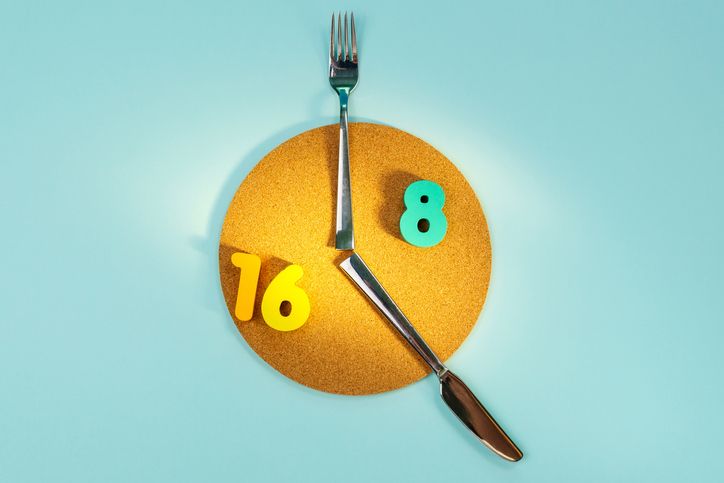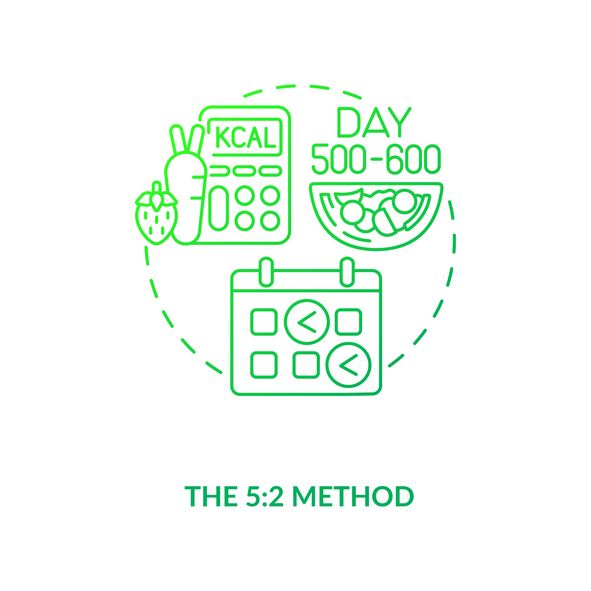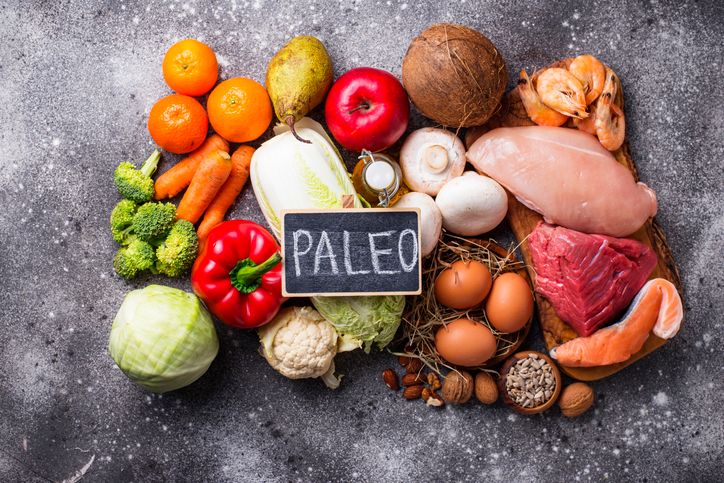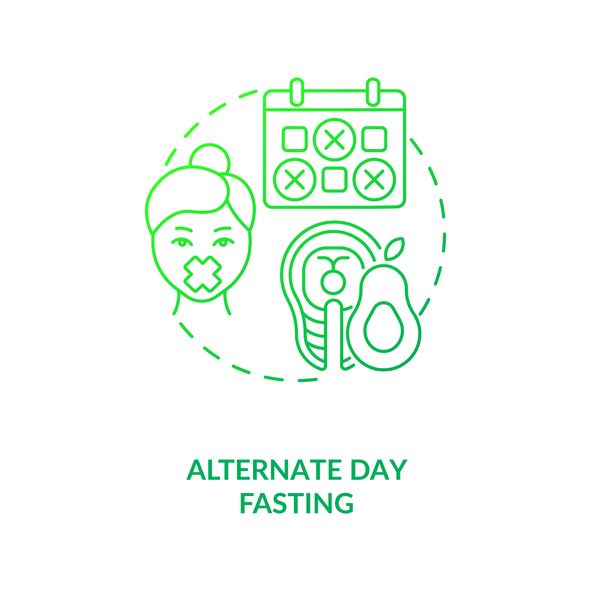- Home
- Trend
- Weight Loss Strategies
- Acne Tips
- Hair Health Information
- Blemish Removal Tips
- Acne Scar Removal Tips
- Muscle Building Techniques
- Intimate Care Tips
- Postpartum Intimate Care
- Eye Bags Wiki
- Tips for Face Slimming
- Secret of Permanent Hair Removal
- Breast Enlargement Tips
- Cure to Snoring
- Marionette Lines
- Skin-Tightening Secrets

免費體驗
S6 Body Sculpting Treatment
1 Minute Self-Registration
Date should not be before minimal date
Weight loss can feel like a never-ending journey, with countless people striving to lose weight through daily exercise and diet control. For many, though, the abundance of information online can be overwhelming, causing frustration and the temptation to give up. The key to healthy weight loss starts with making the decision to begin and understanding that eating fewer calories is essential for achieving a caloric deficit. Even small failures indicate that you haven’t yet found the right method for your body. The next step is to seek out practical and credible information to assist you on your weight loss journey.
1
Weight Loss Diet 1: 16:8 Intermittent Fasting

2
Weight Loss Diet 2: 12:12 Intermittent Fasting

3
Weight Loss Diet 3: 5:2 Intermittent Fasting

4
Weight Loss Diet 4: Low-Carb Diet


免費體驗
S6 Body Sculpting Treatment
1 Minute Self-Registration
Date should not be before minimal date
5
Weight Loss Diet 5: High-Protein Diet

6
Weight Loss Diet 6: Ketogenic Diet

- Is Vanquish ME Contactless Fat Reduction Treatment Effective? A Closer Look at the Technology
- Flabby Arms: How To Lose That Stubborn Arm Fat Effectively
- Teatime Transformation: Why You Shouldn't Skip That Afternoon Tea To Lose Weight
- The Korean Celebrity-Endorsed ABC Juice Diet: Discover 6 Holistic Health Benefits!
7
Weight Loss Diet 7: Paleo Diet

8
Weight Loss Diet 8: Carb Cycling Diet


免費體驗
S6 Body Sculpting Treatment
1 Minute Self-Registration
Date should not be before minimal date
9
Weight Loss Diet 9: 2:1:1 Plate Method

10
Weight Loss Diet 10: Alternate-Day Fasting

11
9 Recommended Weight Loss Exercises

Weight Loss Exercise 1: Jump Rope
Weight Loss Exercise 2: Sprinting
Weight Loss Exercise 3: Boxing
Weight Loss Exercise 4: Stationary Biking
Weight Loss Exercise 5: Jogging
Weight Loss Exercise 6: Kettlebell
Weight Loss Exercise 7: Stationary Biking
Weight Loss Exercise 8: Jogging
Weight Loss Exercise 9: Kettlebell
12
Your Fastrack to Effortless Fat Loss: S6 Body Sculpting Treatment


免費體驗
S6 Body Sculpting Treatment
1 Minute Self-Registration
Date should not be before minimal date
13
4 Daily Habits That Promote Weight Loss

Weight Loss Habit 1: Drink Water Before Meals
Weight Loss Habit 2: Chew Thoroughly
Weight Loss Habit 3: Get Enough Sleep
Weight Loss Habit 4: Weigh Yourself Daily

免費體驗
S6 Body Sculpting Treatment
1 Minute Self-Registration
Date should not be before minimal date
FAQ

Is Rapid Weight Loss Harmful to the Body? How to Lose Weight Safely?
Yes, rapid weight loss can be harmful. Many people try extreme diets or fasting to lose weight quickly, but these methods can cause nutritional imbalances and loose skin. When you return to normal eating, you might regain the weight rapidly. It's better to choose a weight loss method that suits your body and to make gradual changes. Consulting a professional can also help. Gradual and healthy weight loss promotes sustainable results and avoids the pitfalls of fad diets.
Is Eating Small, Frequent Meals Effective for Weight Loss?
Eating small, frequent meals might not be as effective as you think. It can confuse your body about when you are full or hungry. Your body might be constantly processing food, which can disrupt other bodily functions. Instead, focus on healthy eating habits and mindful eating to regulate your food intake and avoid unnecessary weight gain.
What Foods Are Recommended for Weight Loss?
There are about 20 foods high in protein and low in sugar that are great for weight loss. Nutritionists recommend replacing your usual meals with these foods and adding regular exercise. Some of these foods are: avocado, dark leafy greens, asparagus, salmon, chicken, beans, quinoa, oats, nuts, yogurt, milk, grapefruit, berries, coconut oil, eggs, unsweetened matcha, chili peppers, turmeric, cinnamon, and whey protein. These healthy foods are nutrient-dense and can help you achieve a healthy weight.
Is Diet or Exercise More Important for Weight Loss?
Both diet and exercise are important for weight loss. Diet helps control what you eat, and exercise helps burn extra fat. Without one, the other might not be as effective. Rest and sleep are also crucial because your body breaks down fat during sleep. Lack of sleep can cause fat to build up in your body. A balanced diet combined with regular physical activity ensures effective weight loss and maintains optimal health.
Can Treatments Help with Weight Loss?
Yes, treatments can help if diet and exercise aren't enough. The S6 Body Sculpting Treatment is a safe, effective, and painless laser treatment. It targets fat cells and breaks them down. This helps flatten your stomach, tighten your waist, tone your arms, shape your legs, and lift your buttocks. Complement these treatments with a healthy eating plan and regular exercise for the best results.








